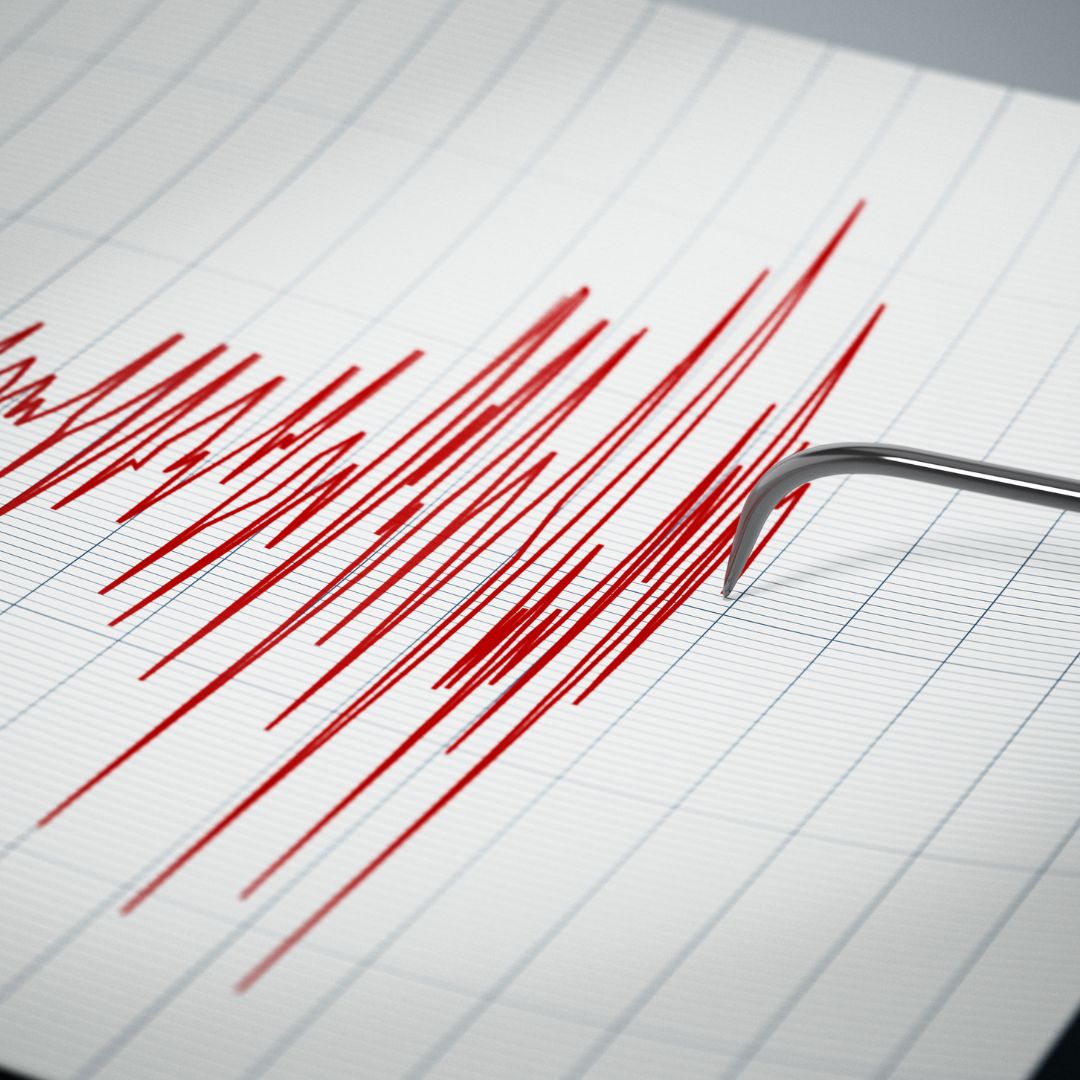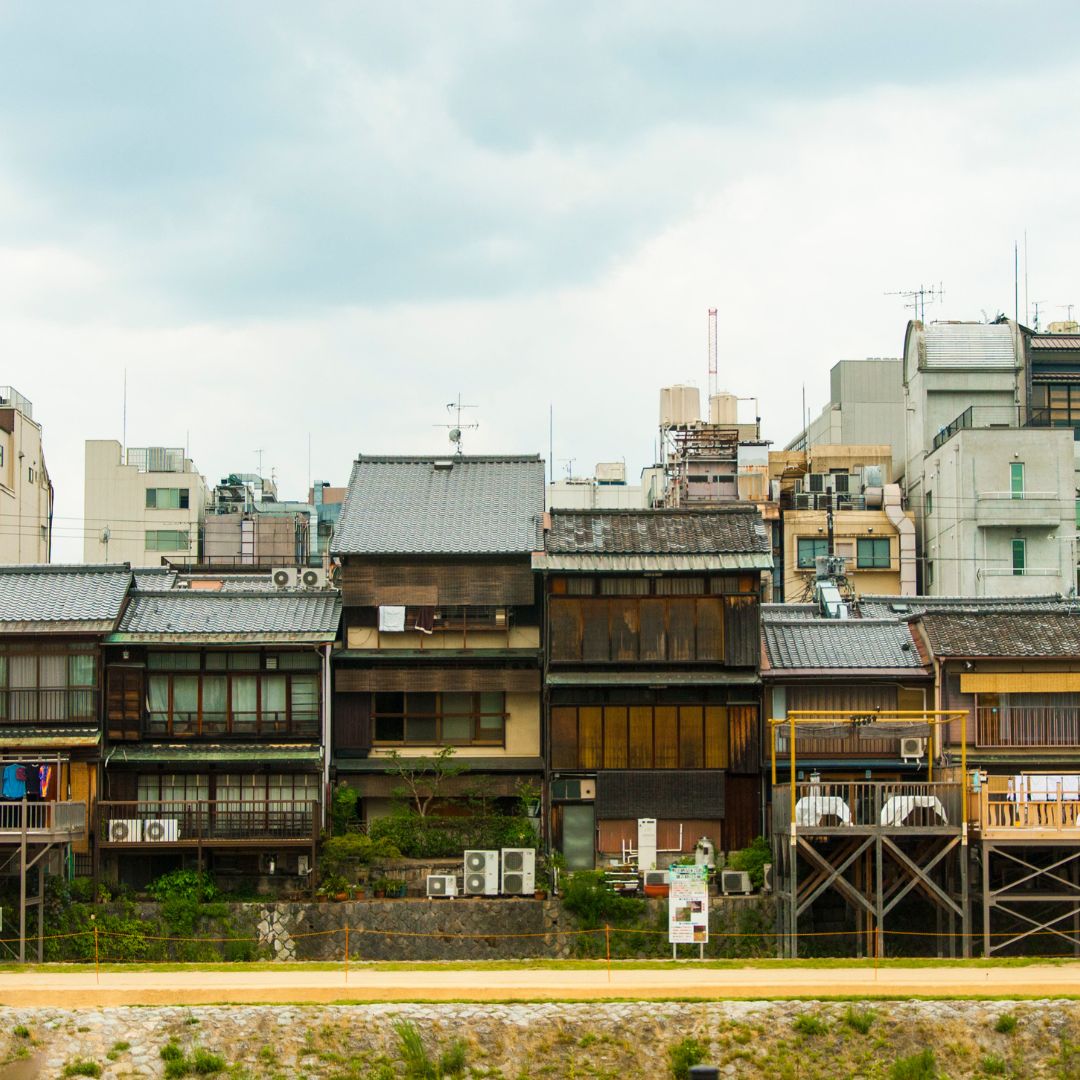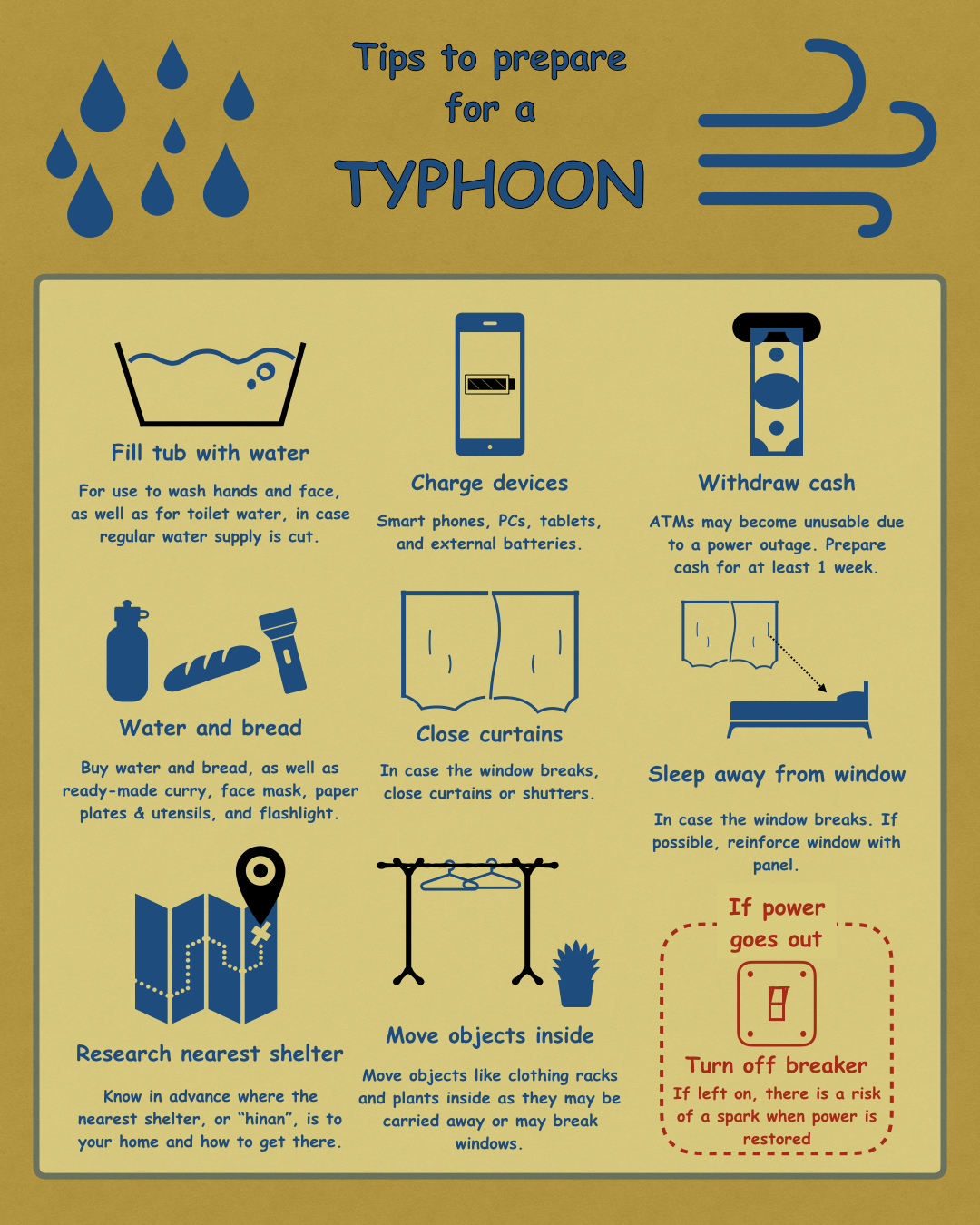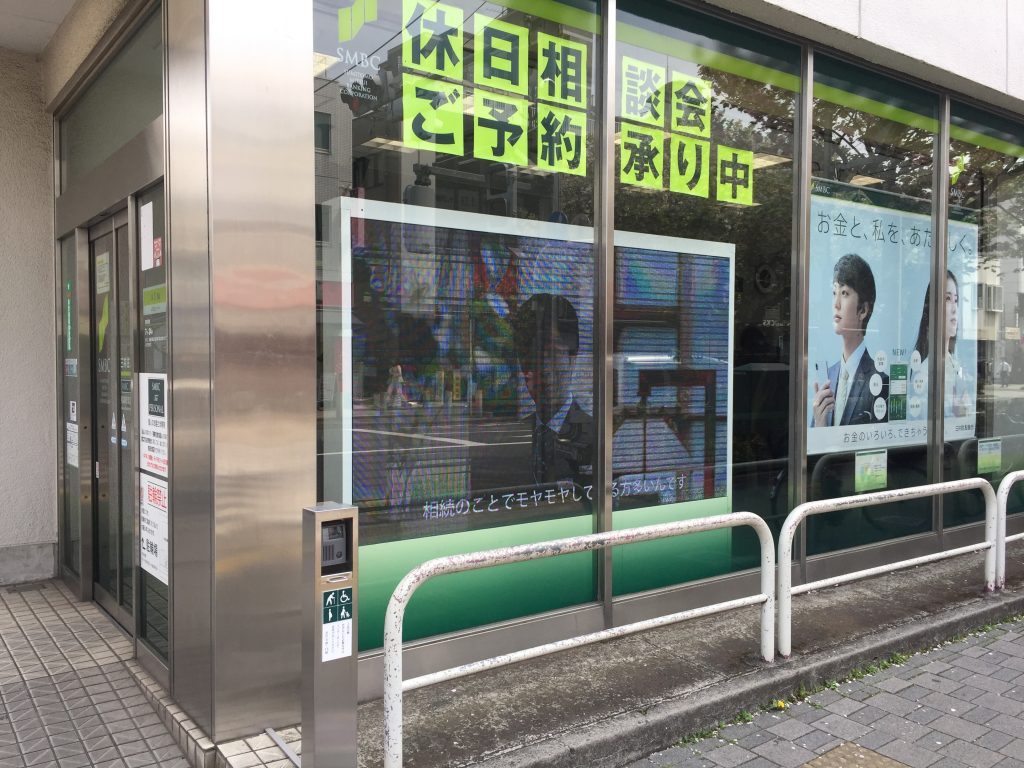+81-3-5990-5540
Message usJapan Blog
Aug 21, 2024
Understanding Earthquakes in Japan
Japan, a country known for its advanced technology, rich culture, and breathtaking landscapes, is also infamous for its frequent seismic activity. Earthquakes are a part of life here, and over the years, Japan has developed impressive systems and infrastructure to mitigate their impact. However, for those of us who are not native to this land, the experience of an earthquake can be both terrifying and fascinating.
 |
Historically, Japan has faced some of the most devastating earthquakes, leading to immense loss and subsequent innovation. From the Great Kanto Earthquake in 1923 to the more recent Tohoku Earthquake in 2011, these events have shaped the way the country prepares for and responds to seismic activity. Today, Japan boasts some of the most earthquake-resilient buildings and sophisticated early warning systems in the world.
Yet, no matter how prepared the country is, the sensation of the ground shaking still sends a chill down my spine. I remember the other day, August 8th, 2024, when I was on a packed train, and suddenly, everyone’s phones started blaring with the earthquake alarm. My instinct was to panic, but when I looked around, I noticed that everyone else had simply silenced their phones and continued as if nothing had happened. The train doors closed, and we continued on our journey without a hitch, not even a delay in the schedule, despite the intensity of the quake.
One of the most intriguing aspects of living in Japan is the construction of buildings and houses. At first glance, they might seem fragile, almost as if a simple punch could break through the walls. Unlike in other countries where cement and bricks dominate, Japan employs materials like laminated rubber, lead, springs, dampers, and ball bearings. These may appear weak but are designed to absorb seismic energy, making them remarkably earthquake-proof. It’s astonishing how much these buildings, and the people inside them, can withstand.
 |
So, how do these seemingly fragile houses resist the tremendous forces of an earthquake? The answer lies in the principles of flexibility and energy dissipation.
-
Flexible Framework
-
Traditional Japanese homes often use wooden frames, which are naturally more flexible than concrete or brick. In modern constructions, this concept has evolved to include steel frames and laminated timber, both of which can bend slightly during an earthquake without breaking. This flexibility allows the building to sway with the seismic waves rather than resist them, reducing the likelihood of catastrophic failure.
-
Base Isolation Systems
- Many modern buildings in Japan are equipped with base isolation systems, which involve placing the structure on flexible bearings made of rubber, lead, or a combination of both. These bearings act like shock absorbers, allowing the building to move independently from the ground. When an earthquake strikes, the ground may shift violently, but the isolated building moves less and in a more controlled manner, protecting the structure and its occupants.
-
Energy Absorbing Materials
- Japan’s buildings also incorporate materials specifically designed to absorb and dissipate seismic energy. For instance, dampers—similar to the shock absorbers in cars—are installed within the structure to reduce the amplitude of building vibrations. These devices absorb the energy of the earthquake and convert it into heat, which is then harmlessly dissipated.
-
-
Lightweight Construction
- The materials used in Japanese houses, such as drywall and insulated panels, are lightweight. This reduces the overall mass of the building, which in turn decreases the forces generated during an earthquake. The lighter the structure, the less inertia it has, and the easier it is to control during seismic activity.
-
-
Reinforced Joints
- The connections between different parts of the building—such as where walls meet floors or roofs—are often reinforced with steel brackets and bolts. These reinforcements ensure that the building remains intact even as it moves, preventing walls from separating or collapsing.
After that recent earthquake on the train, I noticed a surge in news reports predicting a potential “mega-earthquake” in the near future. The thought of it still scares me, but I’ve learned not to dwell on it too much. I haven’t made any preparations, and honestly, I don’t plan to do so anytime soon. What strikes me as odd is how much more concerned people overseas are about these quakes compared to those of us living here. I imagine my relatives watching the news, filled with worry, while I’m just sitting in Shinjuku, enjoying an ice cream, with hardly a care in the world.
It’s amazing how quickly one can adapt to new circumstances. But it does make me wonder—has my nonchalance towards earthquakes become a part of the local custom, or am I being reckless? Only time will tell.
- -Sofia




